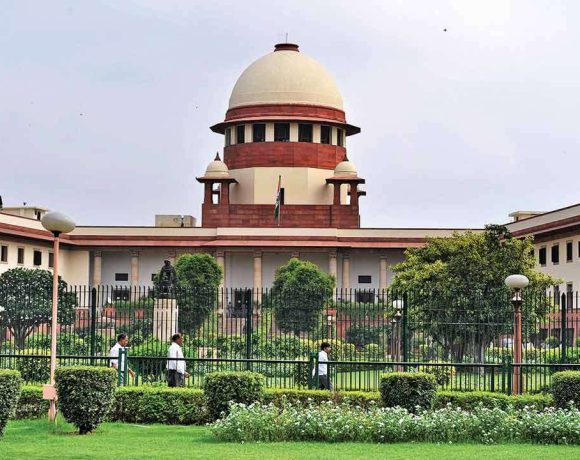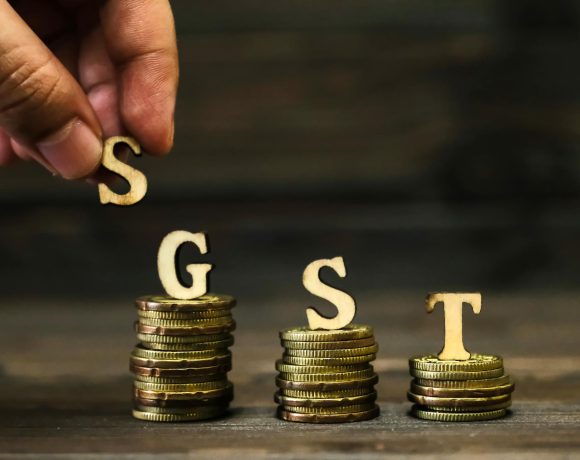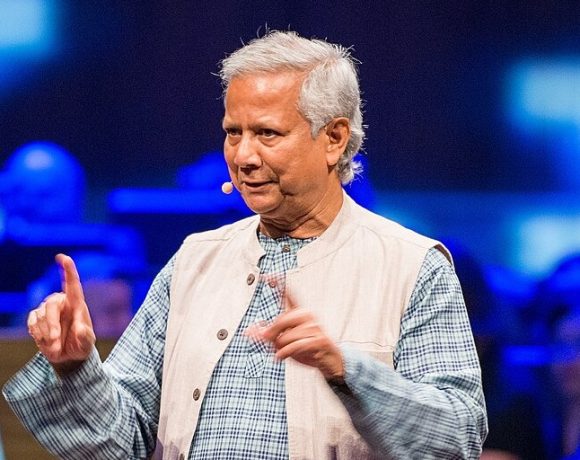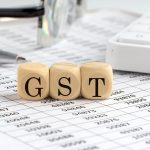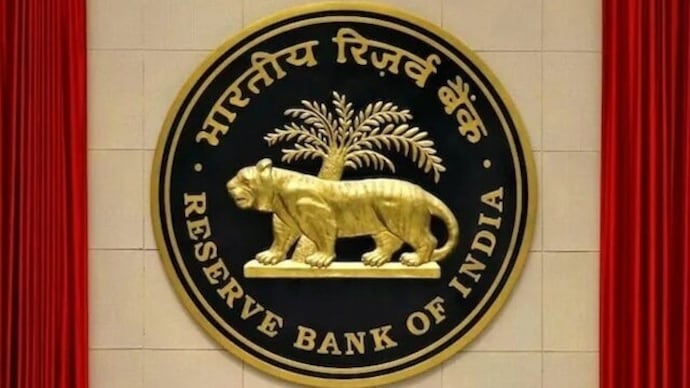
RBI Expected to Cut Repo Rate by 25 bps in June 2025 Policy Meeting
The Reserve Bank of India’s (RBI) Monetary Policy Committee (MPC) is widely expected to cut the repo rate by 25 basis points in its next policy meeting on June 6, 2025. If implemented, this would be the third consecutive rate cut this year, following reductions in February and April, signaling a strong pivot toward economic stimulation amid easing inflationary pressures.
Cooling Inflation Paves Way for Rate Cut
One of the primary catalysts behind the anticipated rate cut is the steady decline in retail inflation. The Consumer Price Index (CPI) dropped to 3.16% in April 2025—the lowest level since July 2019—well below the RBI’s 4% medium-term target.
The fall in food prices, particularly vegetables and pulses, has played a key role in softening inflation. With price stability largely achieved, the RBI is now expected to shift its focus from inflation control to accelerating economic momentum through accommodative monetary policy.
Growth Prioritization Amid Global Headwinds
Economists argue that a rate cut is essential to stimulate private consumption and investment in a fragile global environment. With India navigating uncertainties from global trade tensions and capital outflows, an interest rate reduction would serve to fortify domestic demand.
The RBI’s tone in recent meetings has been increasingly dovish, emphasizing the need to support growth without compromising on inflation targets. Analysts believe a 25 bps reduction would strike a balance between monetary stimulus and fiscal prudence.
Implications for Consumers and Businesses
A cut in the repo rate would directly affect borrowing costs across the economy.
- For Consumers: Lower lending rates would reduce EMI burdens on home, vehicle, and personal loans, possibly spurring purchases in real estate and automobiles.
- For Businesses: Cheaper credit could encourage investment in manufacturing, services, and infrastructure, leading to job creation and enhanced productivity.
Additionally, lower rates are generally welcomed by equity markets as they ease financial conditions and increase liquidity.
Market Outlook and Policy Expectations
The June policy meeting is being closely watched for not just the rate decision but also for forward guidance. Economists will look for clues on whether the RBI sees room for further easing later this year or prefers a wait-and-watch mode post-June.
Given the current inflation trend and the RBI’s recent rhetoric, the probability of a 25 bps repo rate cut is high. However, policymakers may also weigh external risks, including crude oil volatility and El Niño-related weather disruptions, before locking in a longer-term dovish stance.


